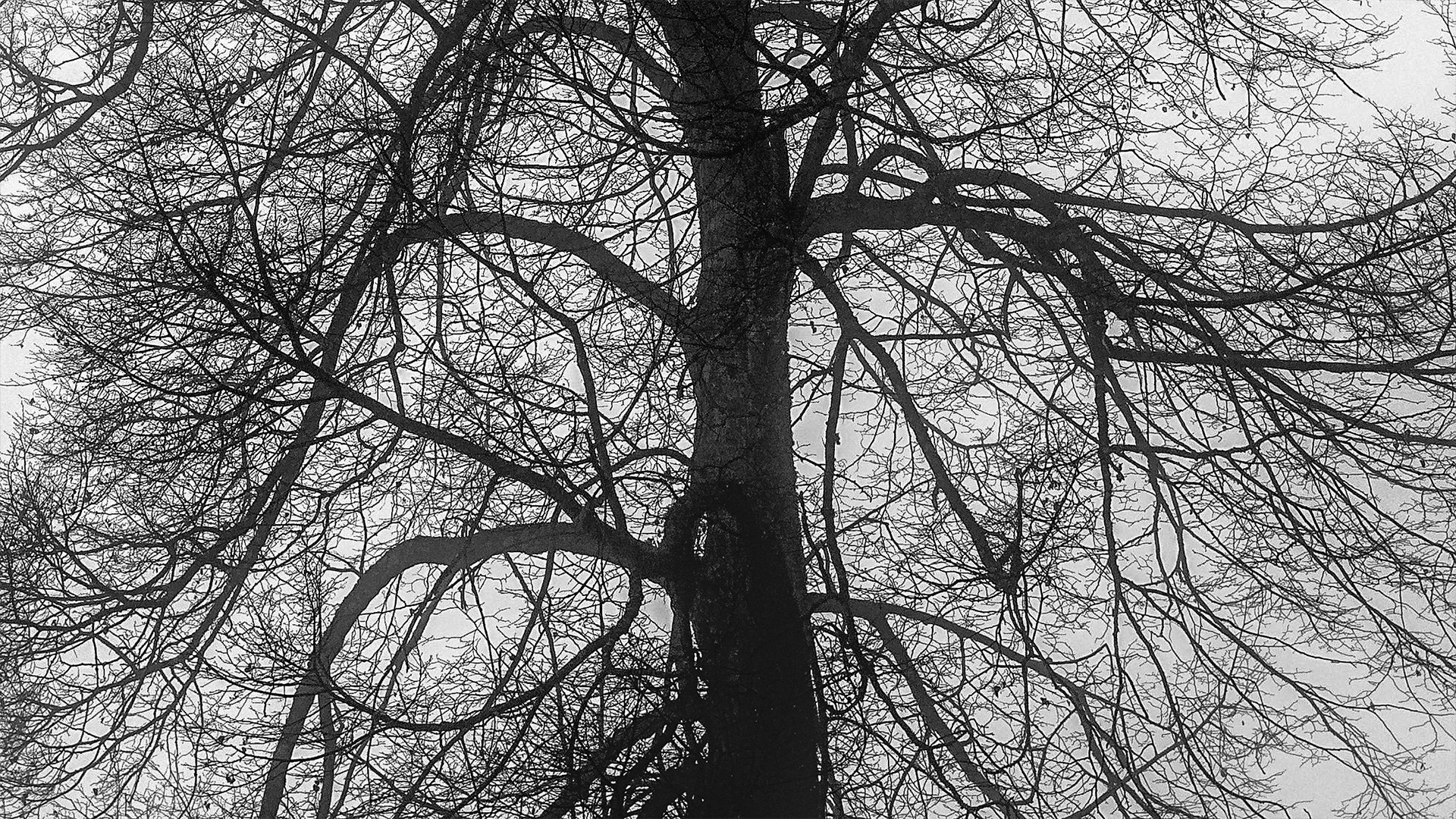12/06/2025
Tree Health Trivia Quiz
Our TreeTechSense product is an innovative system for monitoring and preventing accidents caused by falling tree branches or stems. It is implemented through a network of low-cost sensors installed on trees and connected to a Cloud platform for data collection, analysis, and projection. Are you curious about what makes trees drop branches or collapse? Find out with our quiz!

🌳 Tree Health Trivia Quiz
- Why might a large branch suddenly fall from a healthy-looking tree on a calm summer day?
A) The branch was diseased
B) It’s a natural process called “summer branch drop”
C) A bird’s nest caused an imbalance
D) The roots were too dry - What might the appearance of mushrooms or fungal growth at the base of a tree indicate?
A) The tree is healthy and thriving
B) The roots are breaking down and may be rotting
C) The tree is getting too much sun
D) It’s time to fertilize the soil - Why are trees in cities or near buildings often at greater risk of falling or shedding branches?
A) They get too much attention
B) Urban trees grow faster
C) Roots are often restricted or damaged by construction
D) They are exposed to too much rain - What is one common result of incorrect pruning, such as cutting too many branches or making cuts in the wrong place?
A) The tree becomes more drought-tolerant
B) The tree develops stronger limbs
C) The tree may grow weak branches that break easily
D) The tree produces more flowers - Which of these is a warning sign that a tree may be at risk of falling?
A) A lean that has recently developed
B) Bright green leaves in spring
C) Squirrels building a nest
D) Flowers blooming early - Why does compacted soil around a tree (from foot traffic or cars) matter?
A) It blocks sunlight
B) It holds too much water
C) It limits root growth and weakens stability
D) It helps the tree grow straighter - When professionals assess whether a tree is a safety risk, what is a key factor they consider?
A) The type of leaves
B) Whether people or property could be harmed
C) The age of the tree
D) The color of the bark - If a mature tree shows signs of decay, large dead branches, or fungal growth, what’s the best course of action?
A) Apply more water and fertilizer
B) Remove all the leaves
C) Contact a certified arborist for a professional assessment
D) Let nature take its course
The TreeTechSense system aims to offer a high-quality and valuable service dedicated to maintainers and owners of trees in critical condition to prevent them from posing a risk to people, property, and assets.
✅ Correct Answers
- B) It’s a natural process called “summer branch drop”
Explanation: In hot, calm weather, even healthy trees can shed heavy limbs due to internal stress or moisture changes in the wood. - B) The roots are breaking down and may be rotting
Explanation: Fungi at the base often point to internal decay, which can weaken the structure and increase the risk of collapse. - C) Roots are often restricted or damaged by construction
Explanation: Limited root space and compacted soil reduce a tree’s ability to anchor itself, increasing the risk of failure. - C) The tree may grow weak branches that break easily
Explanation: Improper cuts can lead to weak growth points and decay, increasing the chance of future breakage. - A) A lean that has recently developed
Explanation: A sudden lean, especially with cracked soil or exposed roots, often signals structural instability. - C) It limits root growth and weakens stability
Explanation: Compacted soil lacks air and space for roots, making it harder for the tree to stay healthy and anchored. - B) Whether people or property could be harmed
Explanation: Tree risk includes not only the chance of failure, but also what’s at risk if it happens (like people, cars, or homes). - C) Contact a certified arborist for a professional assessment
Explanation: Arborists are trained to evaluate tree safety and recommend actions like pruning, bracing, or removal when needed.




